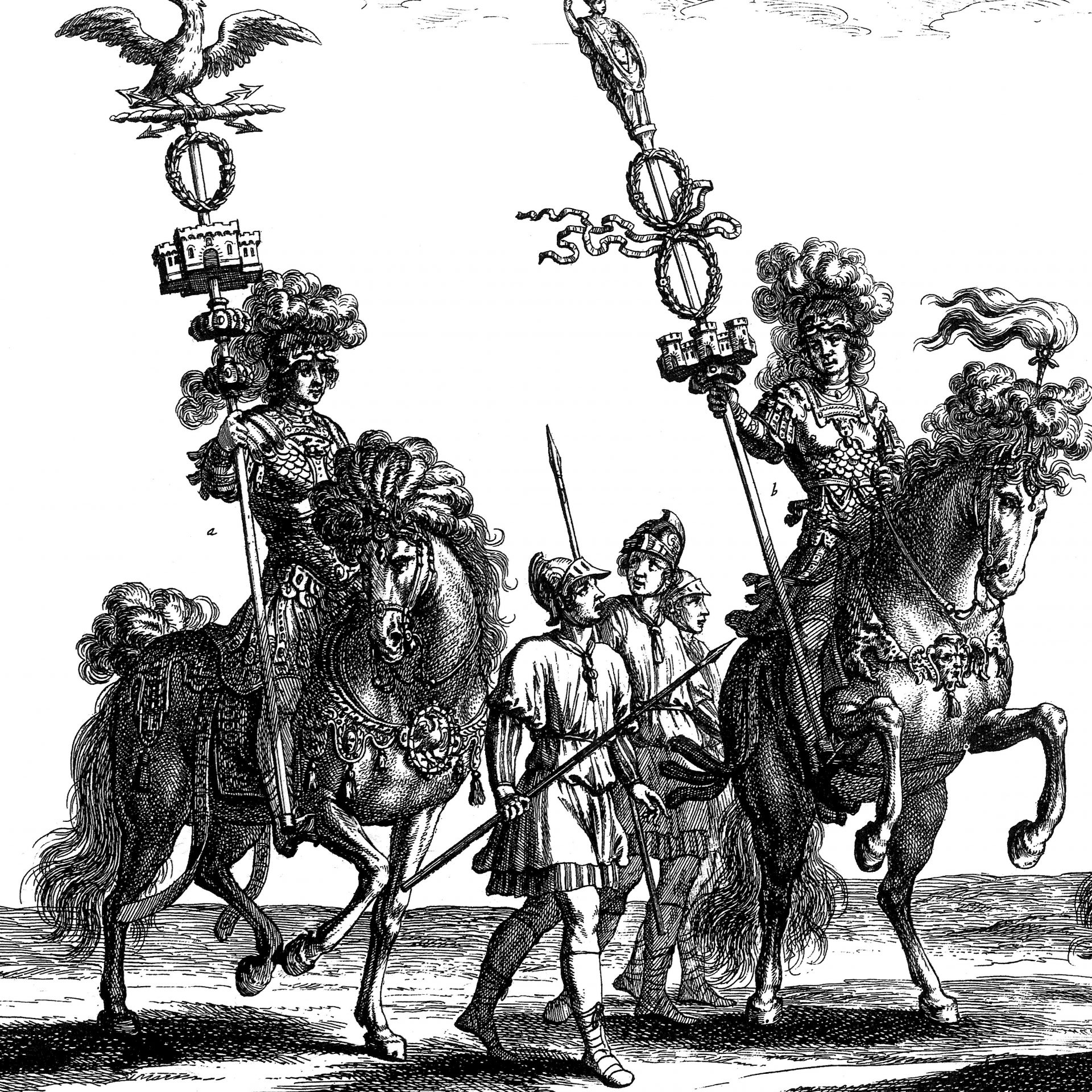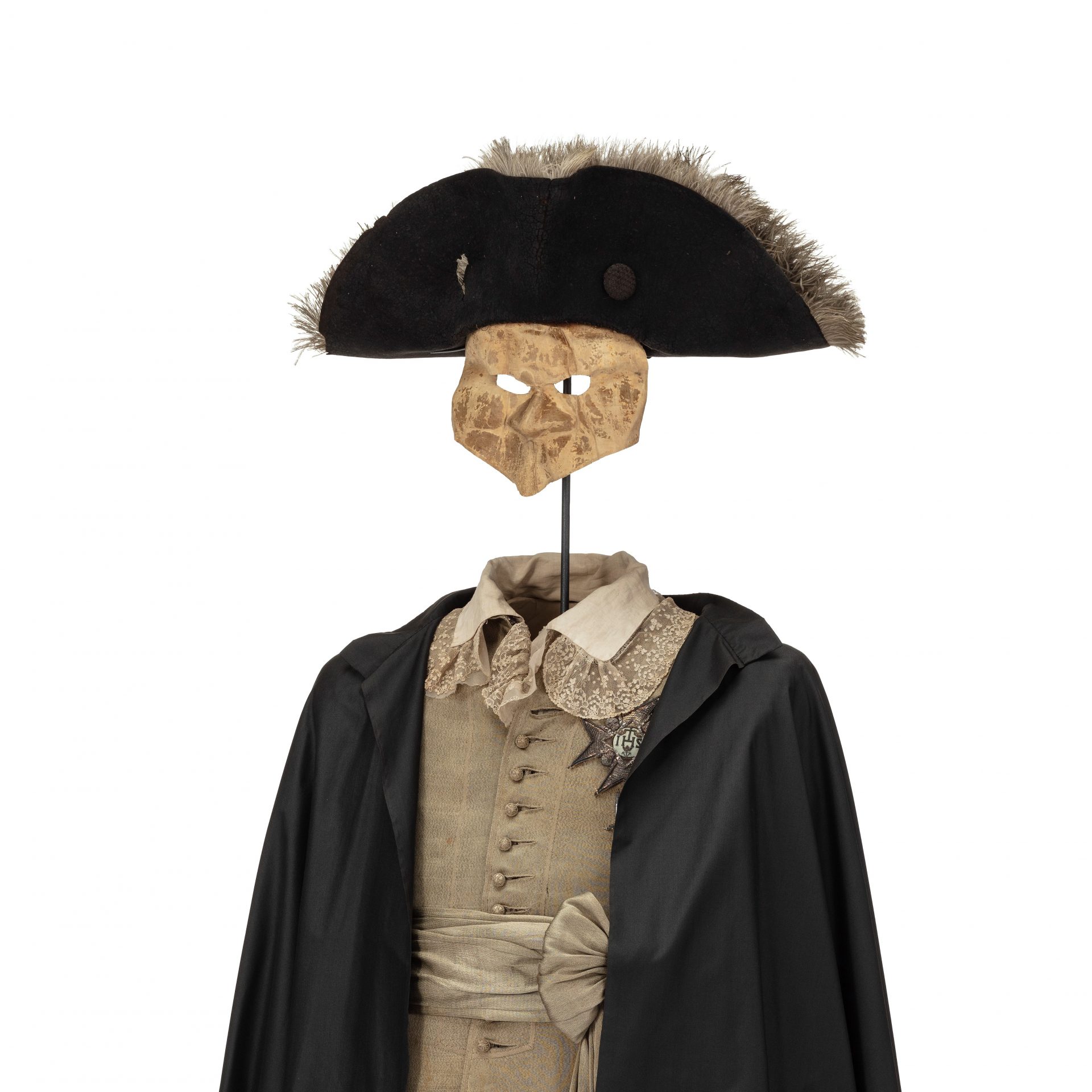Knight of Glory
A brief exposé of artefacts from Karl XI’s tournament in 1672.
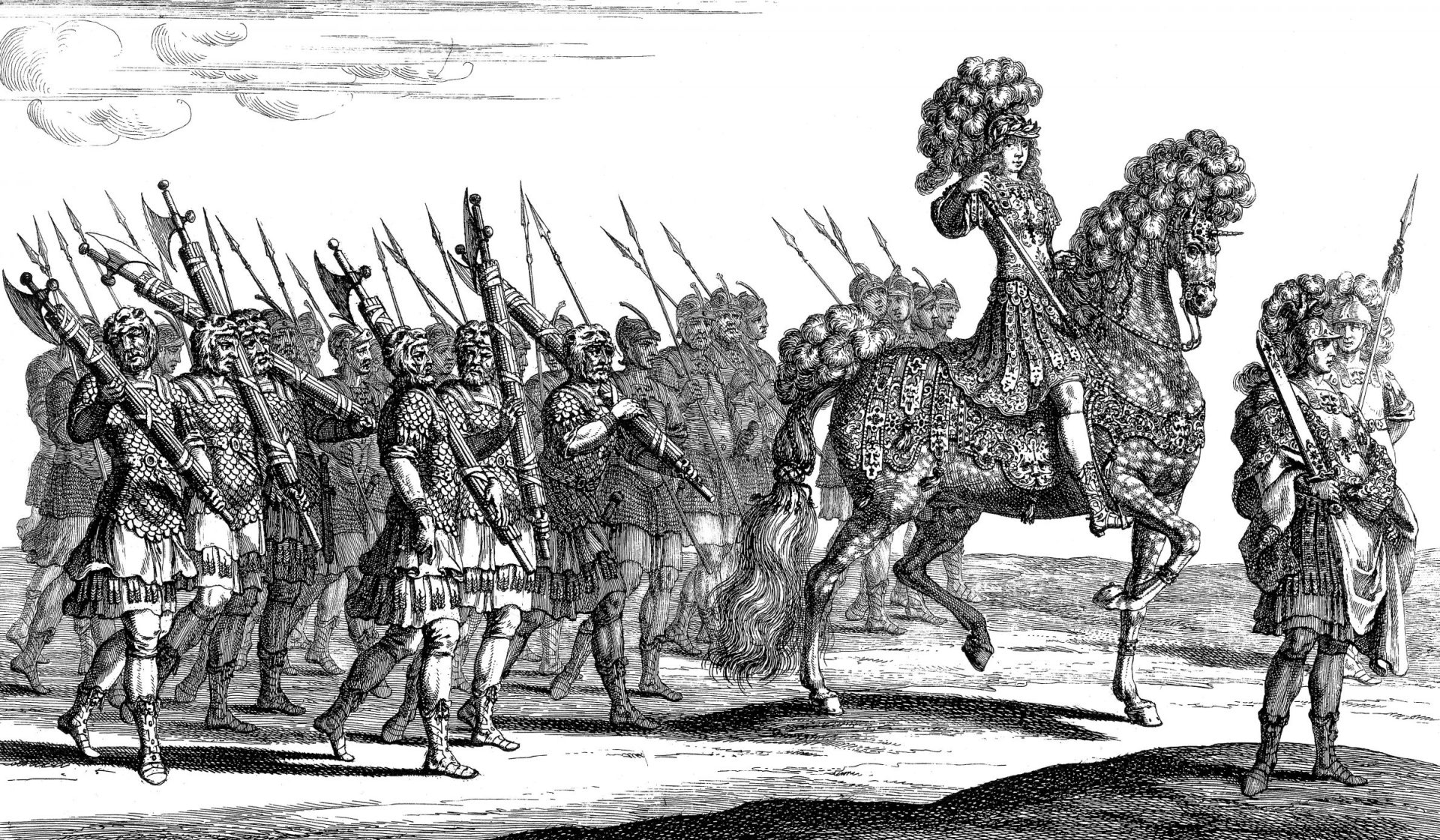
Behold, the King!
The 17-year-old Karl XI ascended to the throne on 18 December 1672. The solemn occasion was celebrated with several days of festivities organised by the architect Nicodemus Tessin the Elder and the artist David Klöcker Ehrenstrahl. The climax of the festivities was a carousel at the racetrack. Ehrenstrahl was also commissioned to immortalise the proceedings. His drawings were transferred to copperplate by Georg Christoph Eimmart in Nuremberg and printed by Georg Eberdt in Stockholm. The prints show the splendour of the carousel; its remains are in the Royal Armoury.
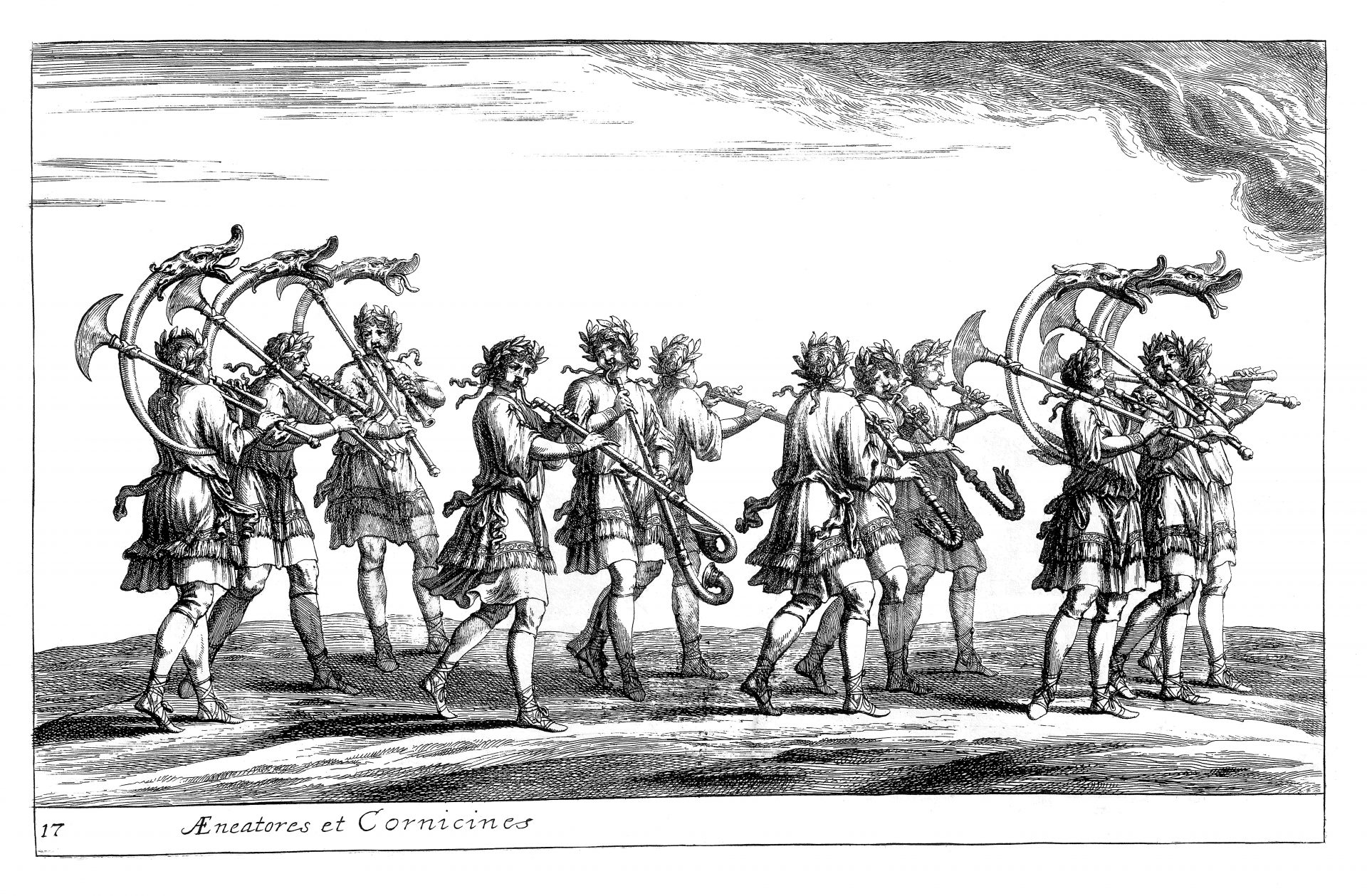
Twelve musicians played to herald the King’s arrival. Six of them played a horn, a buccina, with dragon’s heads and vibrating tongues. Two of the horns are still in the Royal Armoury’s collections.

Karl XI rode into “battle” under the name “Equitis Gloriae”, Knight of Glory. As a testament to the King’s power, he was surrounded by several bodyguards. Some carried fasces, symbolic staves carved to resemble a bundle of sticks with an axe in the middle. One of these fasces has survived into the 21st century.
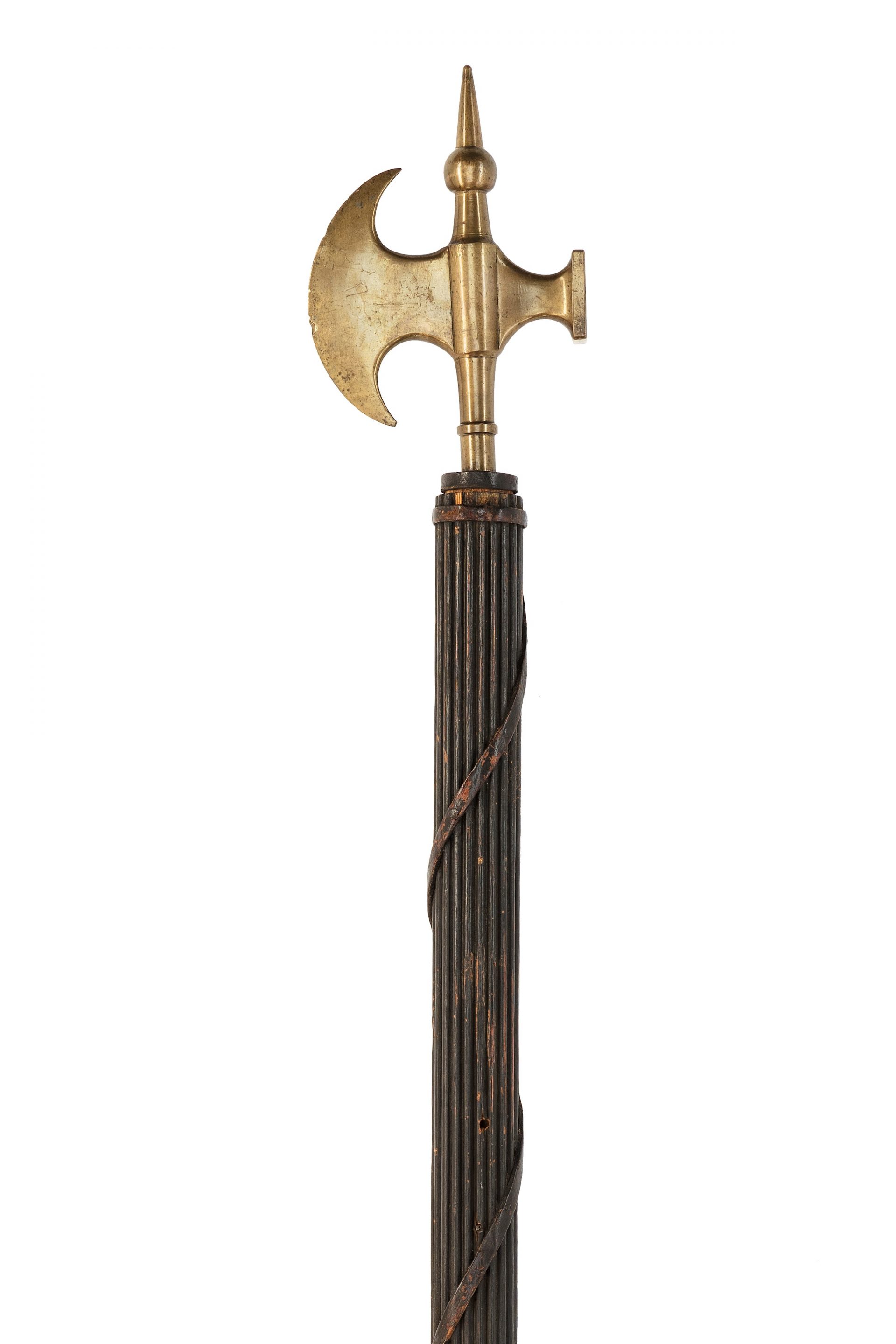
Knight of Glory
The King’s costume has, of course, been preserved in full in the Royal Armoury. The breast plate is missing some of its decoration, but the gilded brass is still shining. Whether the missing parts fell off over time or have been stolen by souvenir hunters is uncertain.
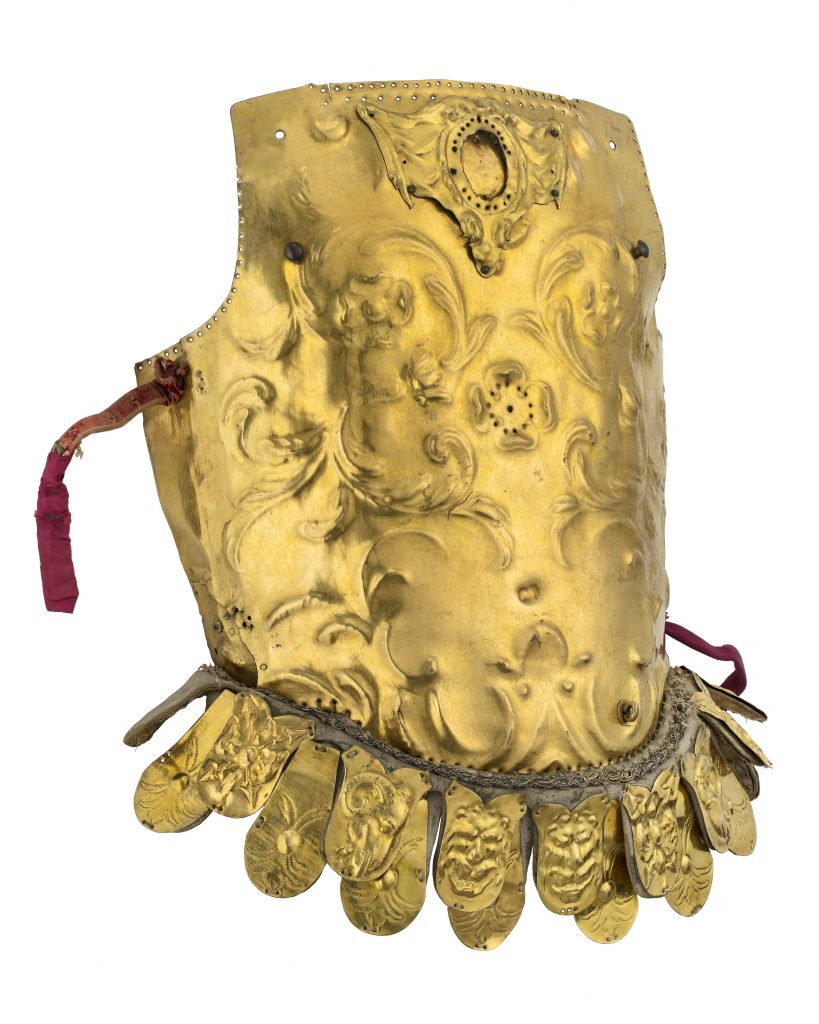
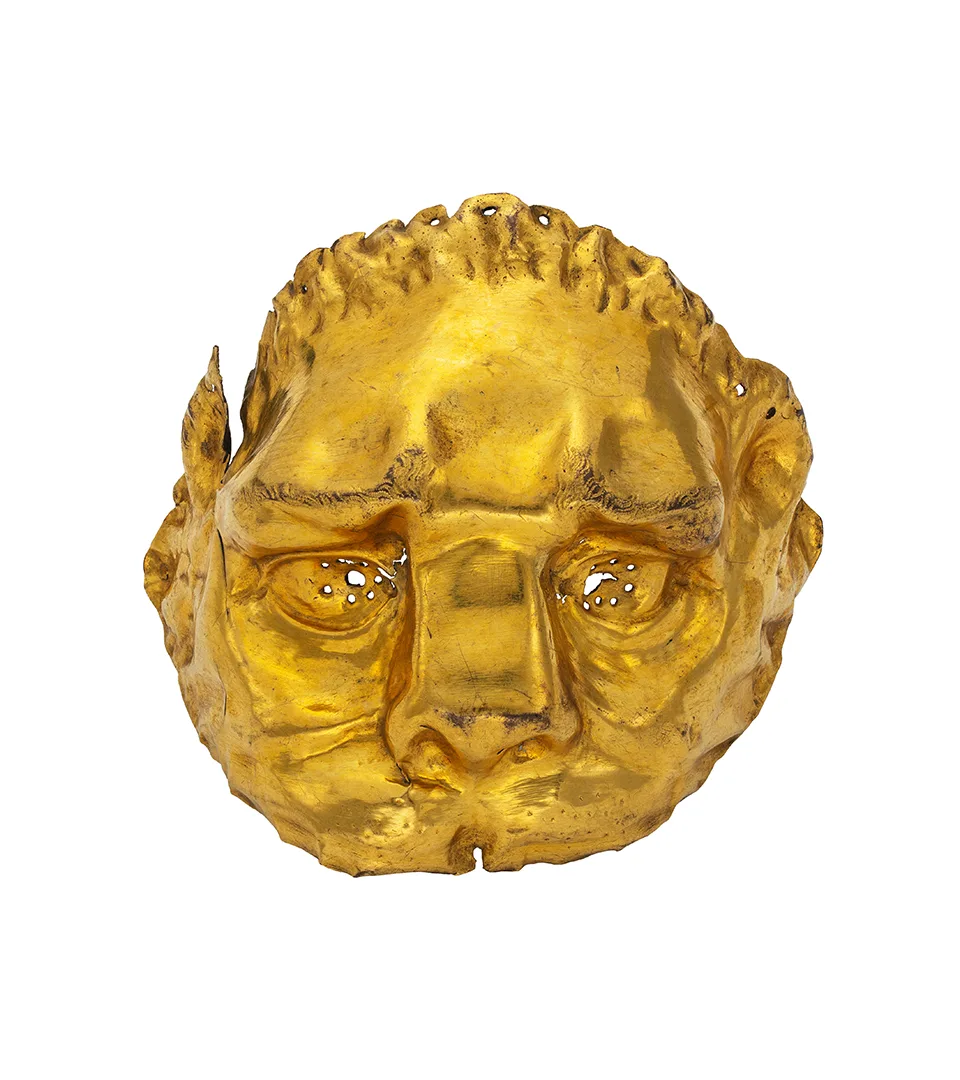
Pauldrons
The king wore two gilded lion mascarons as pauldrons over his shoulders.
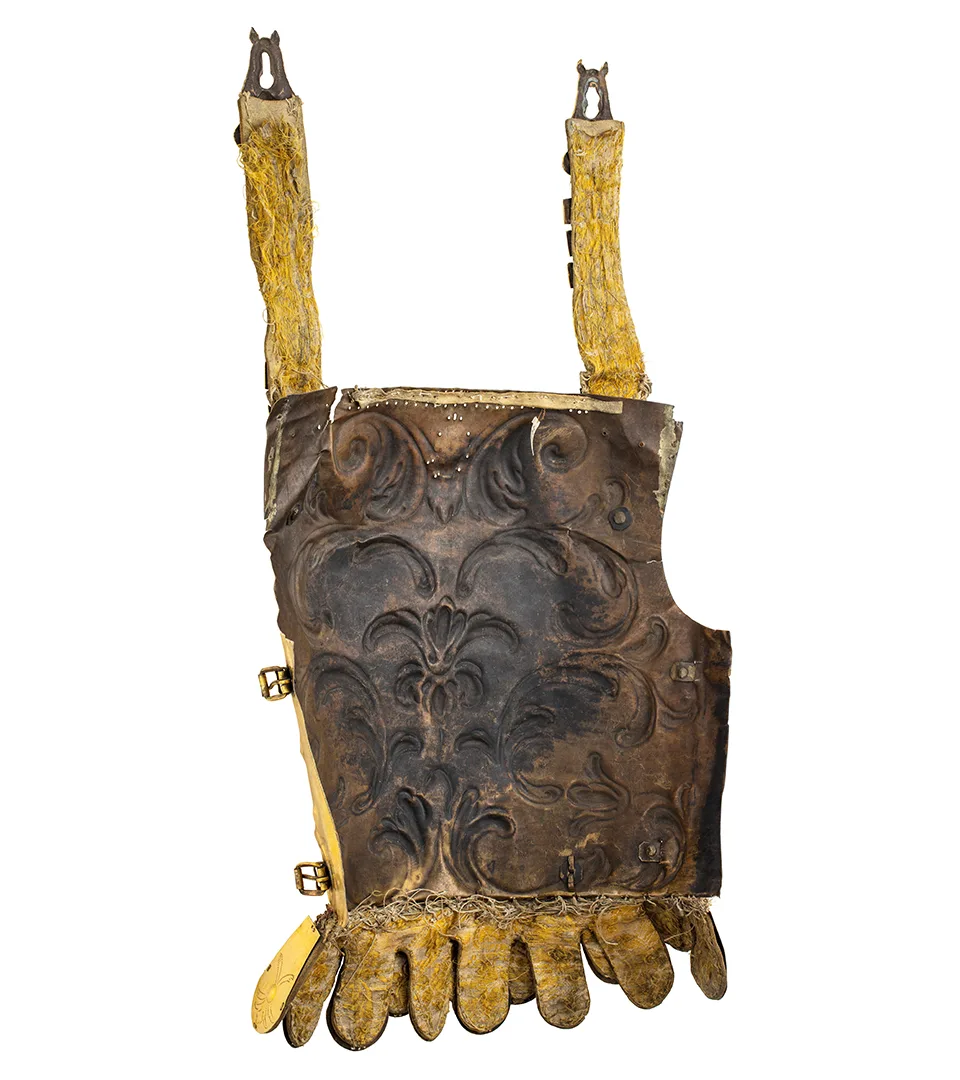
The inside of the cuirass
The cuirass has a simple inside that was originally covered with fabric. The holes for attaching the fabric are visible along the edges of the cuirass.
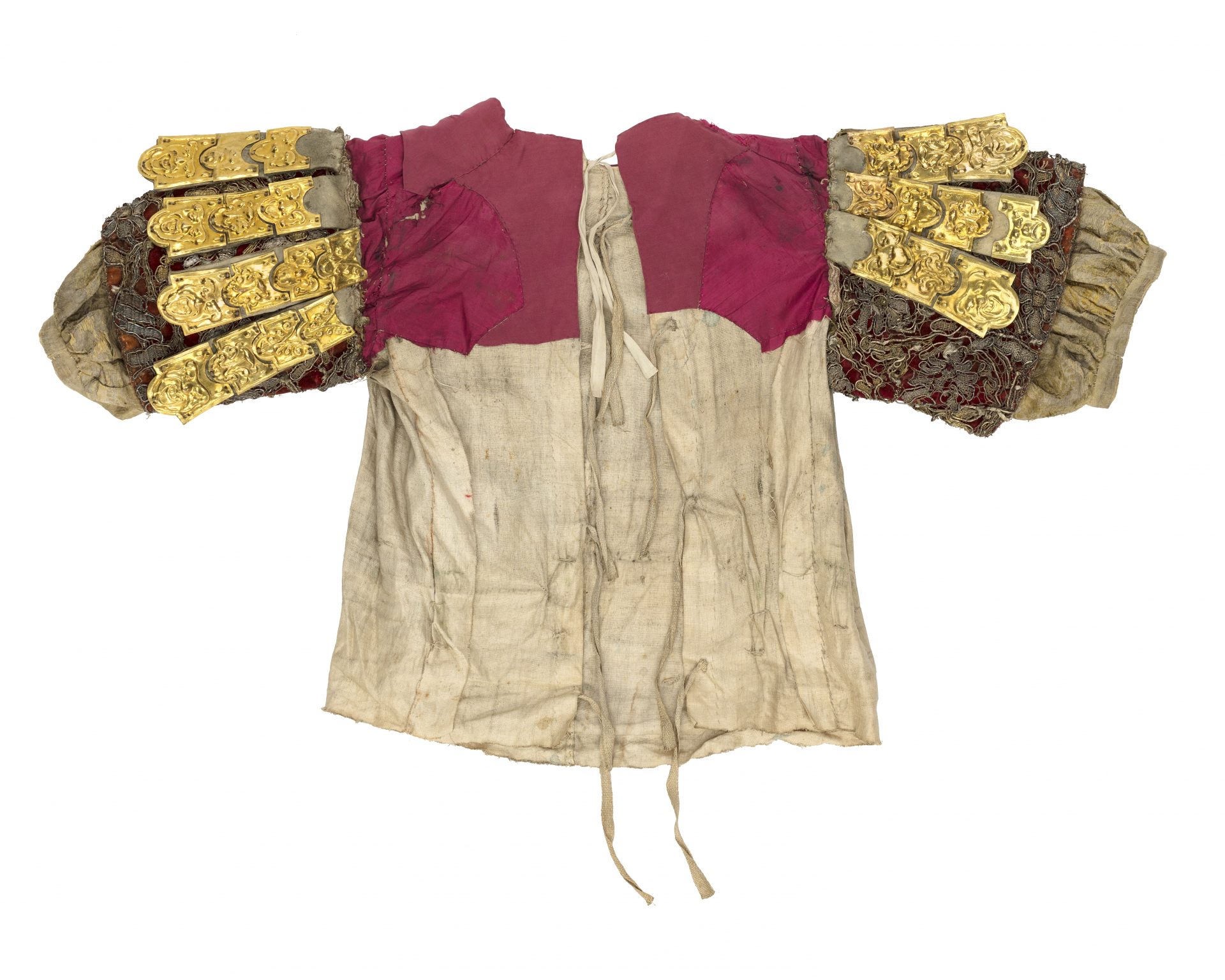
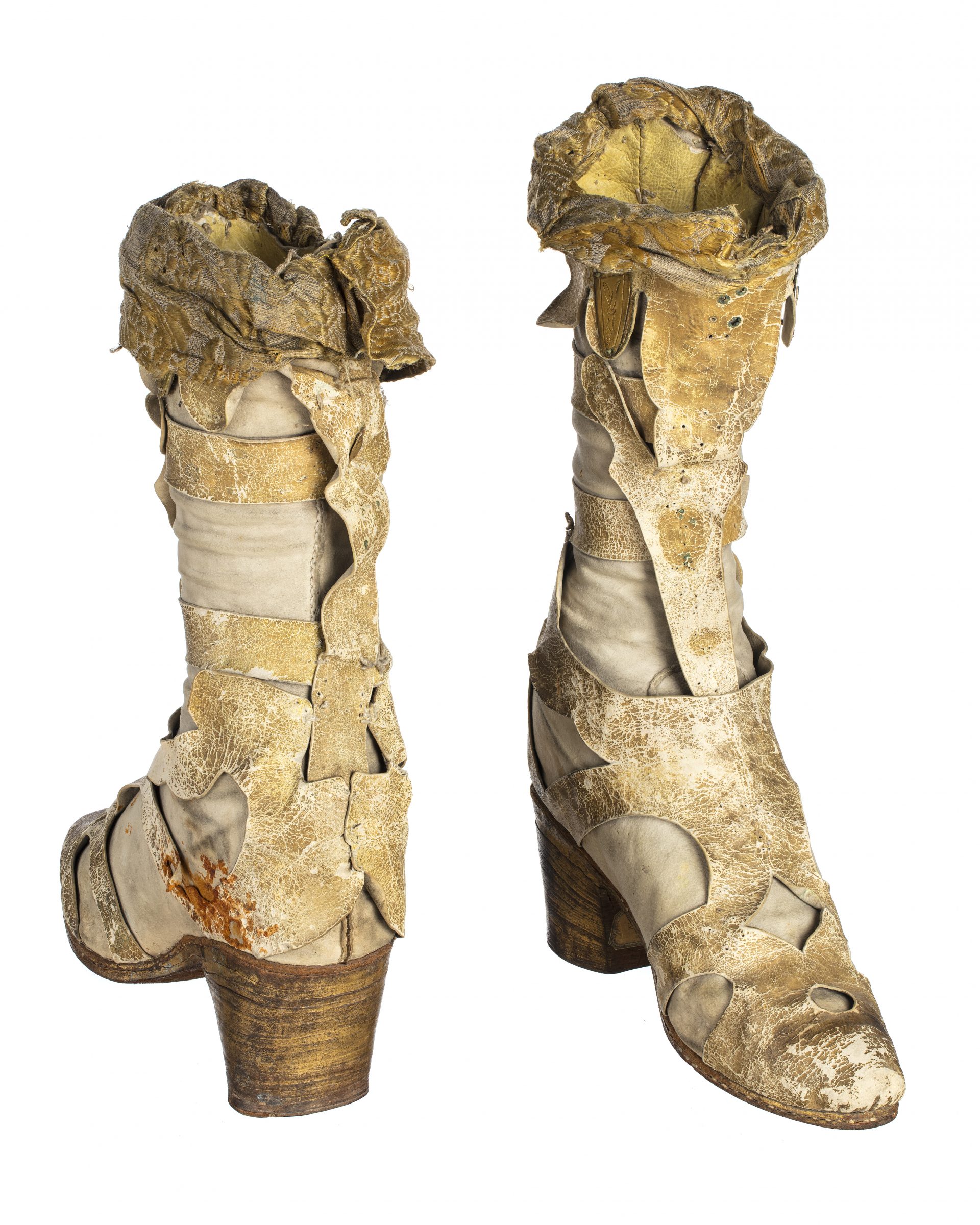
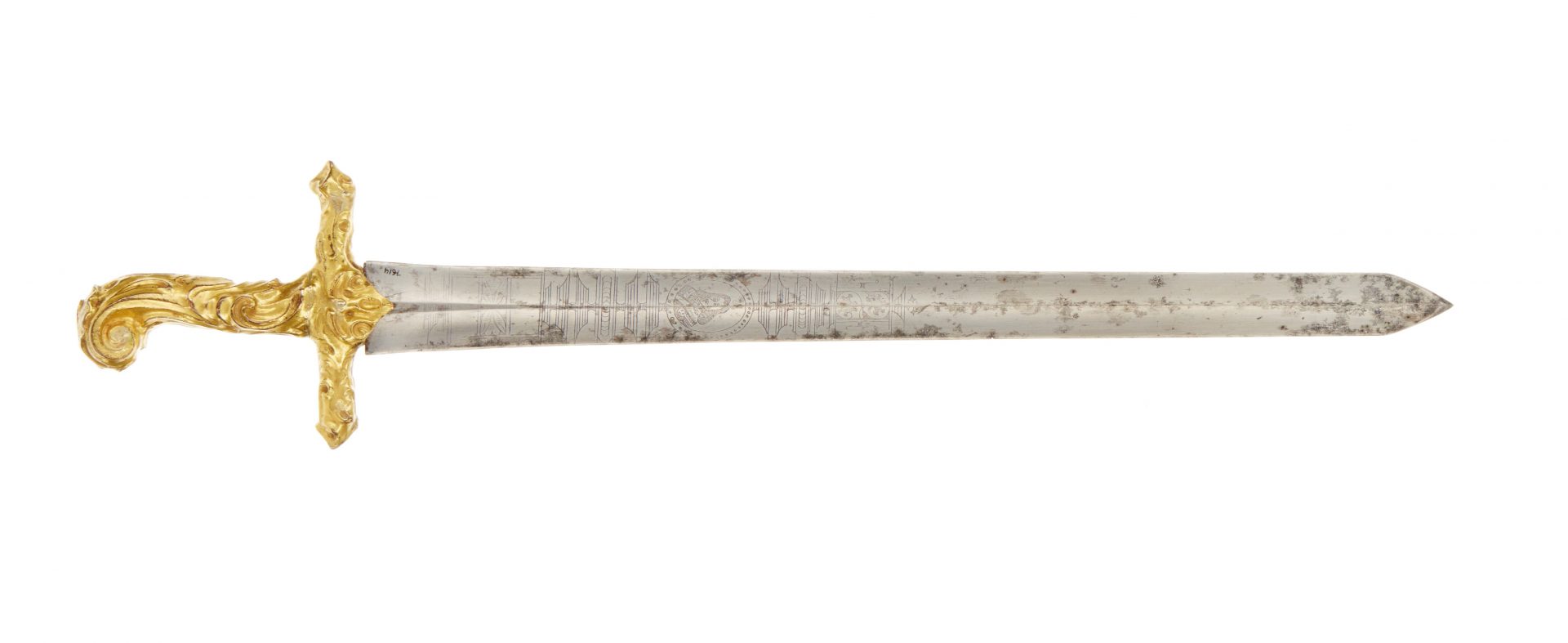
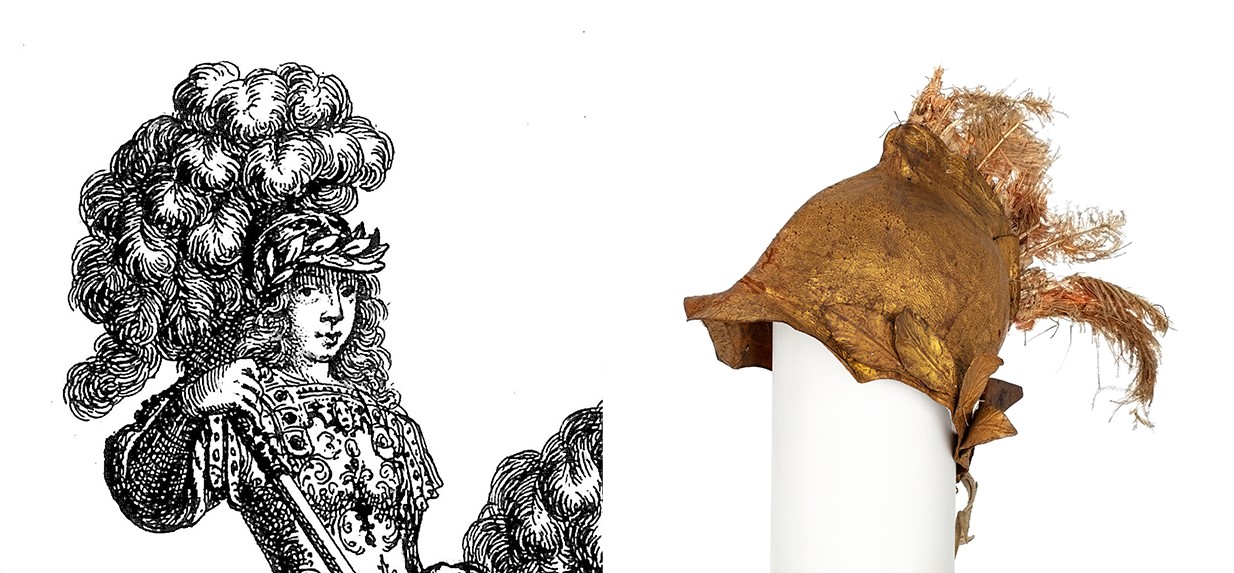
Thus passes the glory of the world.
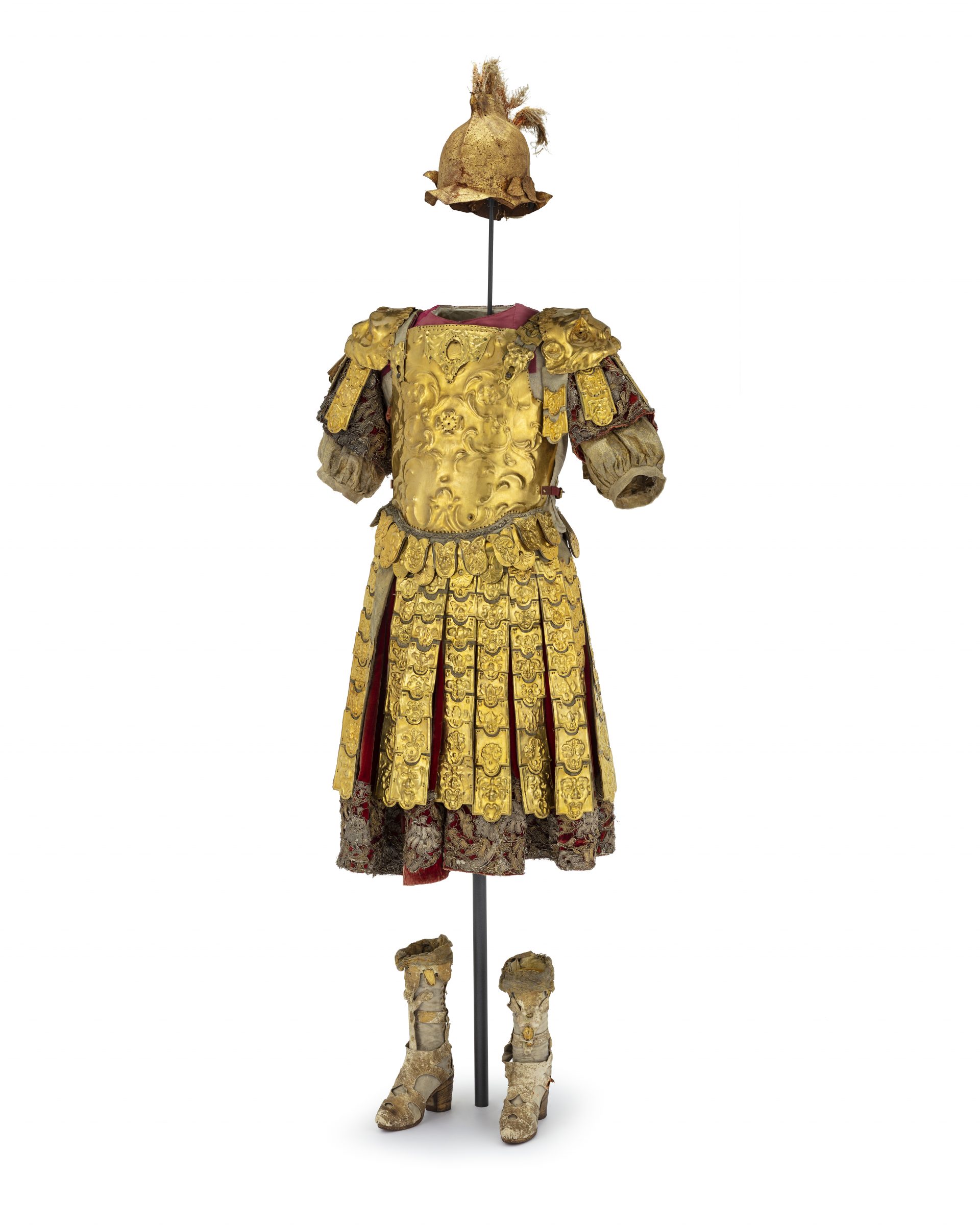
Most of the artefacts used in King Karl XI’s carousel are gone forever, turned into historical dust. Karl XI’s reign began in full Baroque splendour. In the history books, however, he is often described as “The Greycoat” because of his modest lifestyle. Which image is true?
